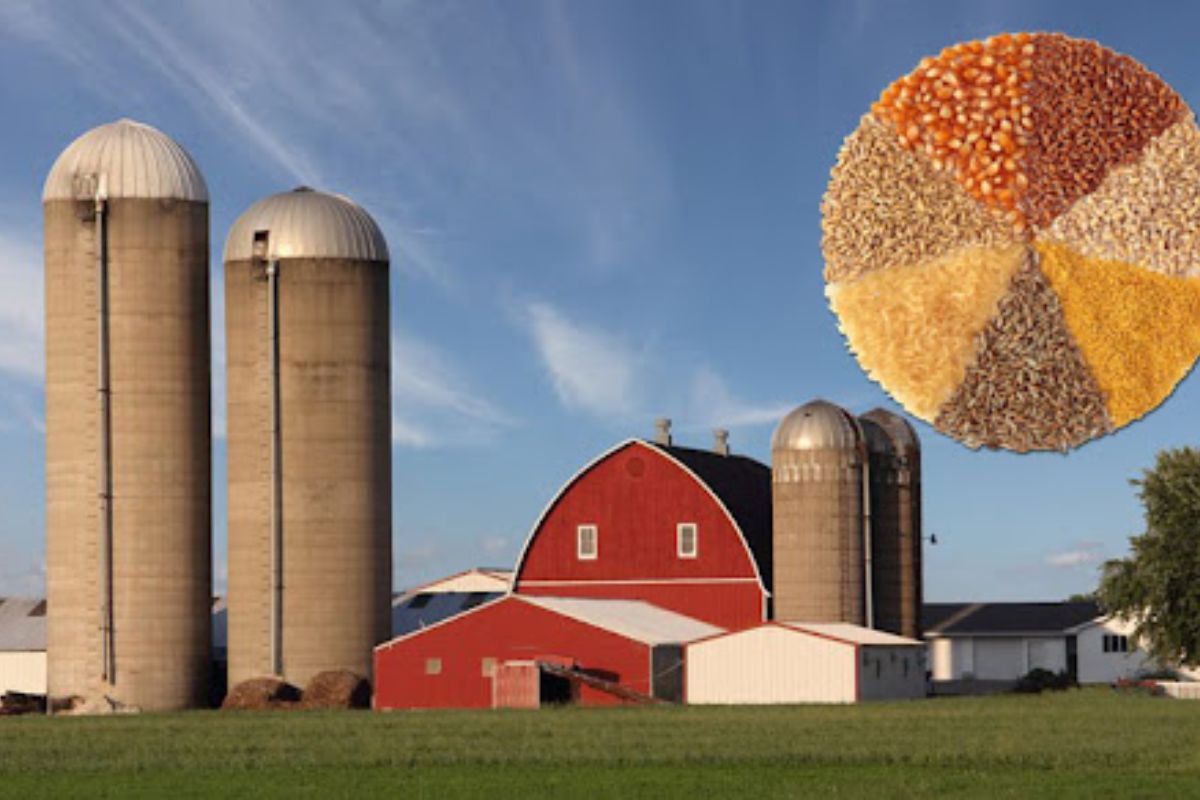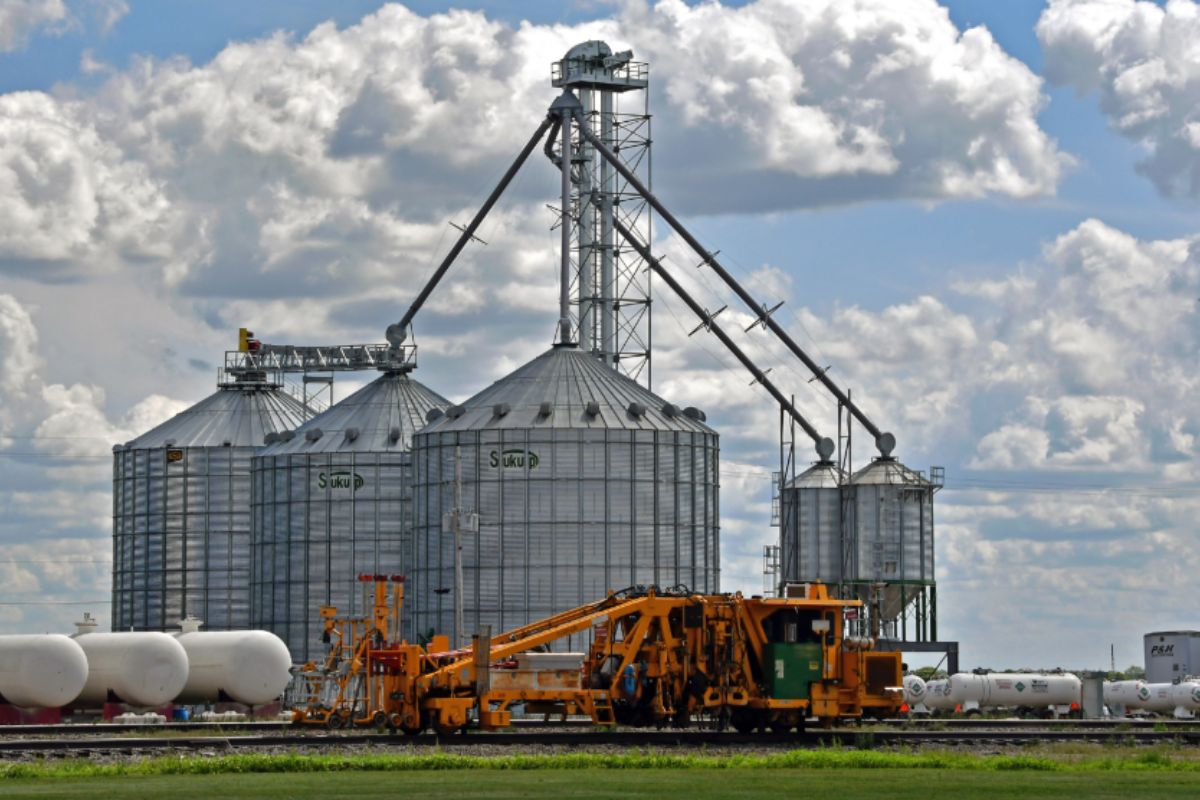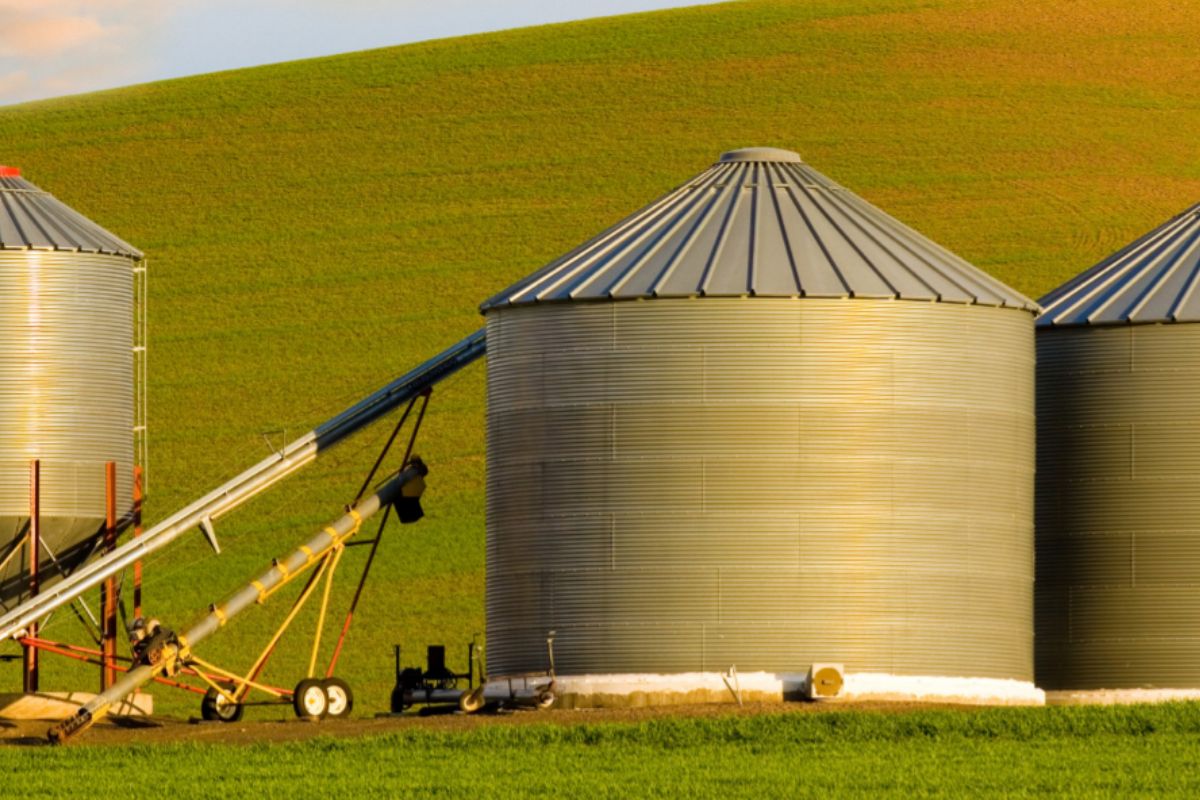Crisis in American Farms: The sight of silos overflowing with unsold produce paints a grim picture of the current state of American agriculture.
The once-thriving heartlands now echo with the regret of farmers who find themselves trapped in a cycle of oversupply and plummeting prices.
As financial strain grips rural communities, the storage challenges posed by stuffed silos are just the tip of the iceberg in this economic nightmare.
Stay tuned to uncover the intricate web of market dynamics and the potential solutions that could shape the future of farming in the United States.
Farmers’ Regret and Market Dynamics
How did Illinois farmer Dan Henebry’s delay in selling his corn lead to a domino effect of regret and market chaos among U.S. farmers? Henebry’s hesitance to offload his corn when the fields seemed arid and harvests promised scarcity was a decision echoed by many in the agricultural community. The unexpected deluge that followed shattered these hopeful projections, drowning the market in a surplus that sent prices plummeting. The ripple effect of this misjudgment was felt far and wide, as farmers who had anticipated a windfall found themselves grappling with a crisis of overabundance and financial strain.
The saga of Henebry serves as a cautionary tale, illustrating the precarious nature of agricultural markets and the high stakes involved in timing decisions. The reverberations of his delay continue to reverberate through rural America, highlighting the interconnectedness of individual choices and broader economic trends. As silos across the country groan under the weight of excess grain, the repercussions of these missteps are felt not only in farm balance sheets but also in the wider economy, signaling a troubling time ahead for the agricultural sector.
Also Read: World Bank Warning: Emerging Economies’ Debt Dilemma Demands Rapid Growth
Oversupply and Financial Strain
Amidst record-large harvests in the United States and Brazil, a dire situation of oversupply has gripped the agricultural sector, plunging farmers into a state of financial strain as they grapple with plummeting corn prices and delayed sales. This predicament, exacerbated by the ‘store and ignore’ strategy adopted by farmers, has led to a cascade of challenges affecting the economic stability of American farms.
- Lowest Corn Prices: U.S. corn prices hit their nadir since November 2020 due to the surplus in supply, creating a conundrum for farmers seeking profitable returns on their produce.
- Delayed Sales: The reluctance to sell corn promptly has resulted in a backlog of inventory, further depressing prices and hampering cash flow for farmers.
- Equipment Purchase Cutbacks: Financial strain has forced farmers to scale back on equipment purchases, hindering operational efficiency and productivity in the fields.
- Impact on Planting: Reduced profitability from delayed sales has impeded farmers’ ability to invest in future planting, potentially leading to long-term repercussions on crop yields and agricultural sustainability.
Storage Challenges and Economic Impact
The mounting pressure of surplus corn stockpiles in storage silos across the United States is casting a dark shadow on the economic landscape of American agriculture. With a record 7.83 billion bushels of corn currently stored, a staggering 16% increase from just a few months ago, the situation is dire.
This surplus is part of a global trend that is expected to hit a five-year high by September, painting a grim picture for farmers and the economy at large. While the expanded storage capacity offers farmers some degree of control, it also brings higher costs as valuable crops remain locked away in bins. In places like southern Illinois, the repercussions are stark, with farmers facing potential losses of up to $160 per acre in the upcoming growing season of 2024.
These challenges not only threaten individual livelihoods but also have the potential to ripple through and severely impact the broader rural economy, raising concerns about the future of American agriculture.
Shift in Farming Strategies and Future Outlook
The burgeoning surplus of corn stockpiles in storage silos is forcing American farmers to reevaluate their strategies and confront an uncertain future in the agricultural landscape. As they navigate this challenging terrain, farmers are making critical shifts to adapt to the changing economic climate.
Here are four key adjustments shaping the future outlook for American agriculture:
- Strategic Delay: Farmers like Glenn Brunkow in Wamego, Kansas, are postponing machinery upgrades to cut costs and weather the economic storm.
- Crop Diversification: Embracing alternative crops such as sorghum, which offer better economic returns, is becoming a popular choice among farmers seeking financial stability.
- Planting Trends: Early forecasts suggest a potential decrease in corn planting, with soybeans emerging as a favored alternative for the upcoming 2024 season.
- Persistent Challenges: Analysts foresee ongoing struggles in depleting corn stockpiles, driven by concerns over limited demand from the U.S. meat industry and the shifting dynamics of biofuel consumption amidst the rise of electric vehicles.
In this evolving landscape, adaptability and foresight will be paramount for farmers looking to navigate the uncertainties ahead.
News In Brief
American agriculture is in crisis as silos overflow with unsold produce, triggering plummeting prices and financial strain for farmers. Regret lingers as delayed sales, prompted by hopes of scarcity, backfire with a surplus. Record-large harvests in the US and Brazil contribute to the dire oversupply. Corn prices hit their lowest since 2020, causing financial strain, equipment cutbacks, and potential planting issues. Storage challenges intensify with a 16% increase to 7.83 billion bushels in storage bins, risking losses up to $160 per acre in some regions. Farmers are adapting by delaying upgrades, diversifying crops, and reevaluating planting strategies in the face of ongoing challenges and uncertainties.
Our Reader’s Queries
Q1 What was the result of the US farm crisis?
A The Farm Crisis devastated small towns, leading to the closure of numerous businesses. Its impact extended into cities, causing mass layoffs in manufacturing companies producing farm implements and other agricultural supplies, affecting thousands of workers.
Q2 What was happening on America’s farms during the Great Depression?
A As prices declined, farmers attempted to increase production to meet their debts, taxes, and living costs. By the early 1930s, prices plummeted to such an extent that numerous farmers faced bankruptcy, ultimately losing their farms. In certain instances, the cost of a bushel of corn dwindled to a mere eight or ten cents.
Q3 What are the major crisis faced by farmers?
A Limited and fragmented land holdings pose a challenge. Inadequate marketing and storage facilities are a concern. The slow adoption of mechanization is evident. Availability of credit is a crucial issue. Insufficient irrigation facilities contribute to the problem. Depletion of soil fertility is a pressing issue.



